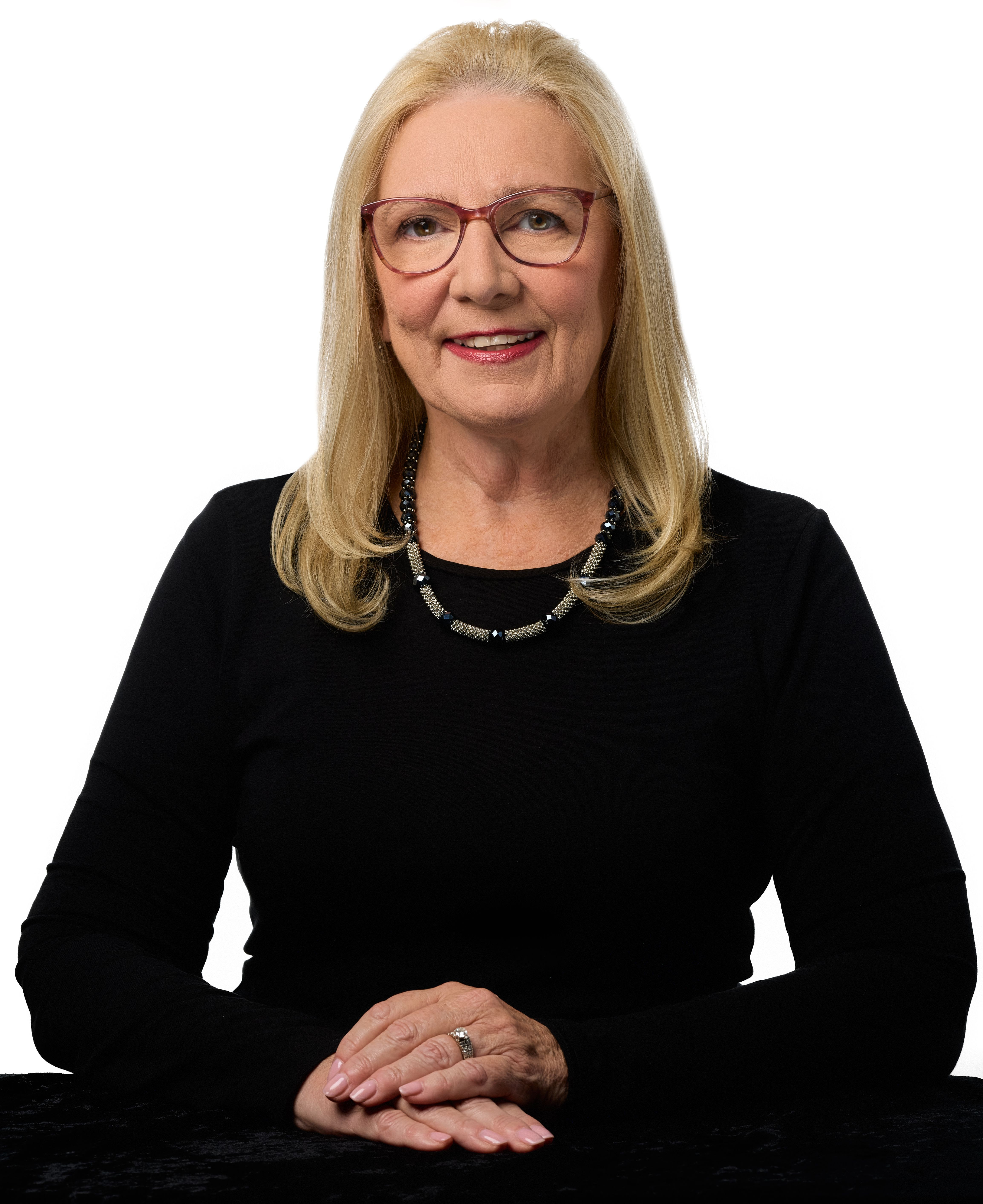 Credit: Visual Generation/Adobe Stock
Credit: Visual Generation/Adobe Stock
What’s top of mind for retirement plan decision makers? In a complex market environment, retirement has become an increasingly personal journey, with 88% of plan sponsors indicating that they believe personalized advice and guidance will improve retirement outcomes, according to PGIM DC Solutions’ Defined Contribution (DC) Landscape Survey.
“Employers and plan sponsors have shown a clear interest in providing better retirement outcomes for employees,” said Michael Miller, Managing Director and Head of PGIM DC Solutions. “As the industry evolves, enhanced income solutions, plan design, advice, education and communication will all play pivotal roles in improving the retirement experience for American workers.”
Recommended For You
Improving Retirement Outcomes in Defined Contribution Plans Through Personalization, which is Part 1 of a 4-part survey, was based on a survey of 302 retirement plan decision makers.
Some key focus areas and findings of the survey include
Personalized solutions can improve retirement outcomes. Survey results indicate significant interest in personalized solutions, with 88% of plan sponsors surveyed believing personalized advice and guidance will improve retirement outcomes. Interest in managed accounts, especially when used as the default investment, increases significantly at lower price points.
“Most recordkeepers only offer a few managed account solutions, so unlike target-date funds, where there can easily be 25 or more strategies available for a plan sponsor, there might only be two options available,” said David Blanchett, Head of Retirement Research at PGIM DC Solutions. “This is important because these solutions may be relatively expensive and not necessarily designed to be used in a default setting, where cost is especially important, given the typically lack of engagement.
“We see the importance of cost in our latest survey, where 63% of plan sponsor respondents note they’d be interested in using managed accounts as a default if the solution were available at 10 basis points or less. Relatively few plan sponsors noted being interested in the solution when offered at current pricing levels, which tend to be 25 basis points or more. I think increasing competition within recordkeeping platforms would help reduce costs, and give plan sponsors more options to choose from, which would be a win-win.”
Quality investments make a meaningful impact. Overall satisfaction with plan investments is relatively high in areas such as asset class diversification (93%), performance (91%) and cost (85%). DC plan decision-makers were also relatively satisfied with target-date funds (TDFs) and have relatively high conviction in certain exposures, including active fixed income, high-yield bonds and alternative assets such as real estate and commodities. However, concerns exist with respect to the glide path, volatility and lawsuit vulnerability.
Tools and education key to retirement success. Survey results reveal 81% of respondents agree a key component to achieving retirement success entails retirees having access to tools and education to help navigate investing, spending and Social Security decisions. However, only 48% of plans offer tools to help retirees determine prudent spending levels and only 20% of plans offer Social Security claiming tools.
Room to improve retirement outcomes for plan participants. While it is clear plan sponsors believe DC plans offer competitive advantages and help retain top talent, 64% of respondents believe plans need to be more innovative. Plan communications are the most widely noted area for potential plan enhancements, with 85% of respondents having noted customized communications can lead to better retirement outcomes. Artificial Intelligence (AI) could be leveraged to simplify personalized communications, though relatively few plans note using AI today.
“DC plans continue to improve to help participants get not just to, but through retirement,” noted Blanchett. “While the industry progress is promising, our survey results suggest more can be done to optimize retirement for DC participants, though cost-limitations persist.
“At a high level people don’t (typically!) save money for fun, they do so to accomplish a goal. Therefore, how the money is invested should be calibrated to best help people best accomplish their goals (like retirement!). The “right” portfolio needs to reflect each person’s situation and preferences.
Related: New perspectives for 401(k) plan sponsors and investment decision makers in 2025: Fidelity
“I think the movement to TDFs, away from balanced funds, reflects the general recognition that everyone shouldn’t be in the same portfolio (e.g., 60/40) and that incorporating demographics is important. TDFs just focus on one demographic factor (age), though, while there are others that are generally available that could also be considered (like income, savings rate, and balance, as well as possibly gender, job tenure, etc). I see managed accounts as the next step in the evolution from a ‘one portfolio for all perspectives’ (which was the 60/40 portfolio) to something that is personalized (that moves beyond just considering age).”
© 2025 ALM Global, LLC, All Rights Reserved. Request academic re-use from www.copyright.com. All other uses, submit a request to [email protected]. For more information visit Asset & Logo Licensing.








